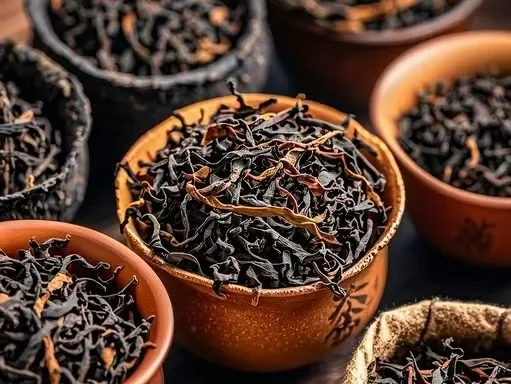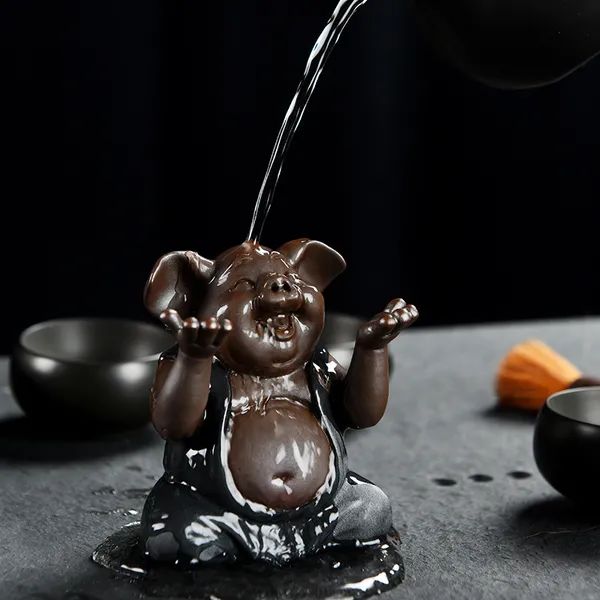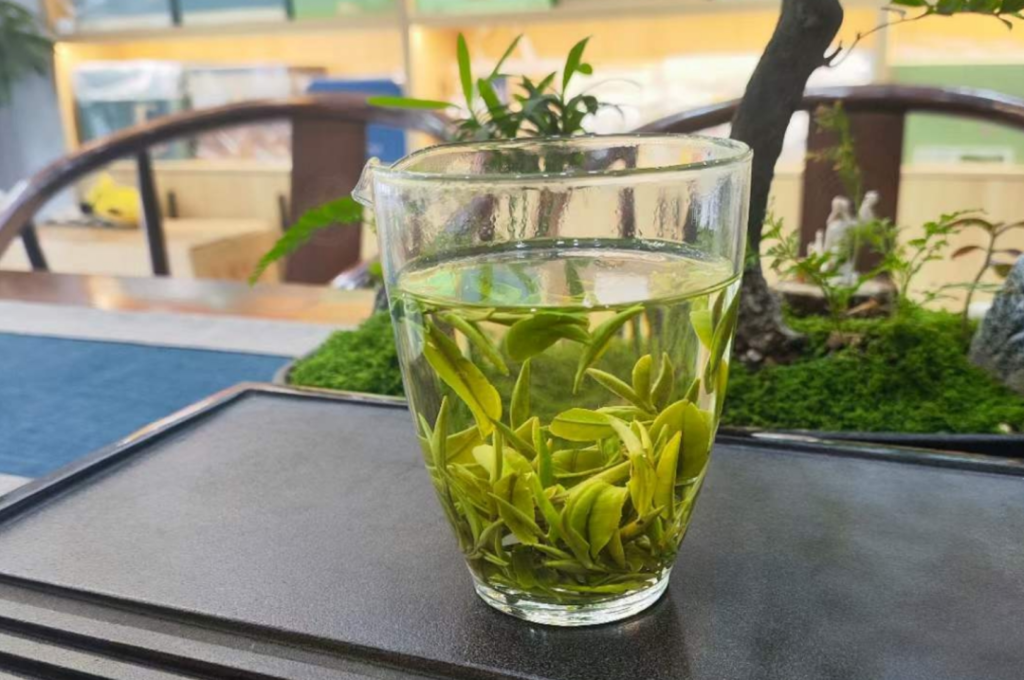The six categories of Chinese tea are: green tea, black tea, white tea, oolong tea (qingcha), yellow tea, and dark tea. Generally speaking, green tea dominates in China, with the greatest variety. After all, the regions south of the Yangtze River have been good at self-promotion since ancient times. Many talented scholars and beautiful ladies have endorsed it. Drinking a cup of spring tea first was an elegant act that even the emperor would follow in ancient times. For example: Longjing tea, Biluochun tea, Liu’an Guapian tea, etc.
Black tea is a charming lady, noble and approachable. Now it is popular all over the world. For example: Dianhong tea, Qimen black tea, Lapsang Souchong tea.
What I want to say is that a cup of tea is first of all a beverage. The most important thing is that you find it delicious. Secondly, when it comes to efficacy, the concentration used medicinally in real medical research is very high. Daily tea drinking can only be a slow process of accumulation over time. Giving yourself a cup of tea every day will first give you a relatively healthier lifestyle. We should scientifically understand the properties and efficacy of different teas and formulate a long-term tea-drinking plan for ourselves according to our needs.
Main Characteristics and Efficacy of Six Major Tea Categories Green Tea – Zero fermentation, high amino acid content, clear and transparent tea soup, fresh and brisk – Cold in nature, slightly bitter tea soup, clearing fire and improving eyesight, clearing heat and relieving dryness – Polyphenols refresh the mind, suitable for the morning to improve work efficiency – Avoid drinking on an empty stomach. People with sensitive stomachs should not drink a large amount White Tea – Slightly fermented, the tea soup is ivory white, fresh and delicious – Cold in nature, becoming milder after aging, reducing fever and relieving summer heat – Rich in polysaccharides, reducing blood lipid and blood sugar – Avoid drinking a large amount of new white tea. It is recommended to drink white tea that is more than 3 years old Yellow Tea – Low fermentation, the yellow soup and yellow leaves are formed by the stuffy yellow process – Cool in nature, can refresh the mind and aid digestion – Retain more natural substances in fresh leaves, having special effects on preventing cancer, sterilization and anti-inflammatory Oolong Tea – Semi-fermented, with an extremely complicated process and high labor dependence, presenting the taste of tea in an amazing way and endowing the tea with more cultural connotations – Cool in nature, helping with digestion and relieving greasiness, ranking first in weight loss and fat reduction – Avoid drinking on an empty stomach and avoid drinking tea after alcohol Black Tea – Fully fermented, with bright red and clear soup, floral and fruity aroma, and smooth taste – The most widely accepted tea in the world – Mild in nature, non-irritating, a good helper for nourishing the stomach Dark Tea – Post-fermented, maturing with time, the older the more fragrant – The soup color is reddish-brown, the soup quality is mellow and smooth, with aged aroma – Aiding digestion and reducing fat, protecting the cardiovascular system and lubricating the intestines Tips: 1. It should be noted that in English, Black tea corresponds to red tea, not dark tea. 2. Anji Baicha is not white tea but green tea. 3. Should Pu-erh tea be classified independently or as dark tea? Write dark tea in exams. Usually, don’t worry about what kind of tea it is, as long as it tastes good. Basic Brewing Those who can cook can definitely make tea. Understanding the tea ingredients is half the battle in making a good cup of tea. For teas with high tenderness, use a lower water temperature. The coarser and older the tea, the higher the water temperature. The speed of pouring out the water, the force of pouring out the water, and the soaking time will all affect the way substances seep out and the concentration of the tea soup… (This is a long story and will be discussed separately later). Understanding the variables that affect the tea soup, you can control the taste of a pot of tea as you like. The secret to making a good cup of tea is to make more tea and think more.The shelf life and storage principles of tea are crucial to maintain the quality and flavor. Here are the guidelines for storing different types of tea:
Green Tea | ‘Tonight we have wine, tonight we get drunk.’ Enjoy the spring colors and finish the tea promptly. If not consumed, seal it tightly (extremely important!) and store it in the refrigerator. White Tea | ‘One year as tea, three years as medicine, seven years as treasure.’ Store it sealed at room temperature, away from light and moisture. Yellow Tea | Similar to green tea, seal and refrigerate. Oolong Tea | Store sealed at room temperature, away from light, moisture, and high temperatures. Black Tea | Store sealed at room temperature, away from light and moisture. Dark Tea | Store at room temperature, away from light and moisture, protect from high heat/cold, and ensure regular ventilation in the storage area.


